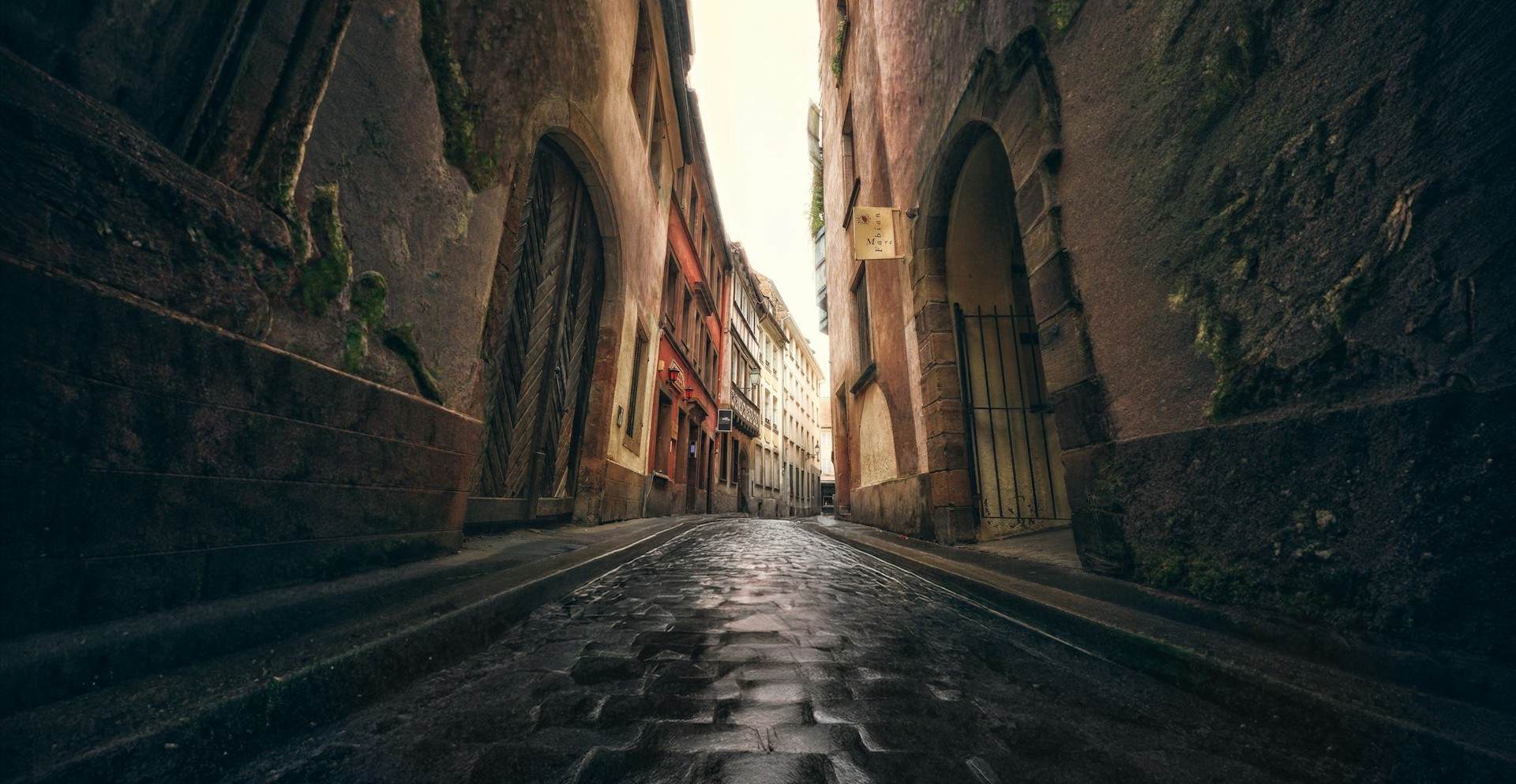Il Campiello
March 2026 | ||||||
|---|---|---|---|---|---|---|
Mo | Tu | We | Th | Fr | Sa | Su |
IL CAMPIELLO
Lyric comedy in three acts
Libretto by Mario Ghisalberti from the comedy of the same name by Carlo Goldoni
Music by Ermanno Wolf-Ferrari
First performance Milan, Teatro alla Scala, 11 February 1936
Synopsis
Setting
Mid 18th century. Throughout the opera the setting is the same: a small square ('campiello'). In one corner there is an inn where Astolfi (baritone role), an amiable Neapolitan gentleman, spendthrift, and ladies' man, is staying. In the houses around the inn live a number of single women, all of them in search of men or husbands. Gasparina (soprano) is a comically pretentious young woman who lives with her bookish uncle Fabrizio (baritone), also a Neapolitan as it turns out. Luçieta (soprano), is a young beauty in love with a haberdasher called Anzoleto (bass). She lives with her mother Dona Cate (tenor). Luçieta's rival is another attractive girl called Gnese (soprano) who lives with her mother Dona Pasqua (tenor). Both the mothers are comic roles played by men. Gnese is in love with a boy called Zorzeto who also lives in the square with his mother Orsola (mezzo-soprano).
Act 1
Gasparina appears first, then Astolfi: they greet each other with mutual interest. Luçieta enters next, impatient because Anzoleto is late. Astolfi flirts with her as well. When Anzoleto appears peddling his haberdashery, the stranger offers to buy Luçieta a present and Anzoleto becomes jealous. Gnese appears, wanting to buy some needles or thread, and calls Anzoleto over. Luçieta in turn becomes angry. Astolfi also offers to buy something for Gnese! He is delighted to find so many beautiful women all in one place! While Anzoleto is with Gnese, Astolfi renews his interest in Luçieta and encounters her mother Dona Cate. He offers Luçieta a ring which her mother deftly intercepts, while Gnese spurns his offer to pay for her purchases.
Dona Pasqua and Orsola talk about the future marriage of their children, Gnese and Zorzeto. Luçieta and Gnese appear, quarrelling again, and then Zorzeto. Anzoleto challenges Astolfi who denies having designs on Luçieta. Anzoleto decides he must marry Luçieta as soon as possible - to her delight! Gasparina appears again and this time Astolfi has a long conversation with her, trying to find out, in spite of her dialect, if she is available. She encourages him.
Act 2
Luçieta, Gnese, Zorzeto and their three parents are having a loud party in the square to the annoyance of Fabrizio. Anzoleto comes in and presents his ring to Luçieta. Astolfi offers to be best man at the wedding - and to pay for dinner at the inn! He invites Gasparina and Fabrizio to join them but Fabrizio refuses. A ballet follows: waitresses, beggars, and a polenta procession. Gasparina tells Astolfi about her uncle's appalling behaviour. Just then Fabrizio appears and confronts Astolfi. He is also Neapolitan. He knows who Astolfi is, and that he is bankrupt! Astolfi in turn recognizes Fabrizio as a famous lottery winner! Fabrizio tells him that he wants to marry off Gasparina - and there will be a big dowry!
The drinking party spreads onto the square but their high spirits once again turn into quarrelling before they return to the inn. Fabrizio is determined once and for all to leave the noisy square and find somewhere else to live. Astolfi concentrates his attention on Gasparina, while clutching the dinner bill in his hand and wondering how he is going to pay it. The party once again erupts into the square singing and dancing.
Act 3
Fabrizio's removals are in progress. Astolfi asks him for Gasparina's hand. Fabrizio admits it may be negotiable and they go away to talk over the details. The young women enter. Luçieta will get married that evening, Gnese in two year's time. Orsola and Luçieta go off talking. Anzoleto comes in looking for Luçieta and is furious that she has gone to Orsola's house. When she emerges he slaps her. Dona Cate suggests she can find a better son-in-law and Anzoleto tries to take back his ring, but Luçieta refuses to give it to him. She knows that he hit her because he loves her. Anzoleto blames Zorzeto. It's all his fault. They leave but Gnese recounts the incident to Zorzeto, to Orsola's dismay. Zorzeto throws stones at Dona Cate's house hitting the old lady, and general pandemonium breaks out with Anzoleto and Zorzeto threatening to kill each other, and Dona Cate and Dona Pasqua insulting one another.
Astolfi appears and orders them all to be quiet. They are invited to have dinner with him. He and Gasparina will be married that evening - and they will be gone in the morning! Gasparina sings a final farewell to the leading member of the cast, the city of Venice ('Bondi, Venezia cara'), which swells into a final chorus.
Program and cast
Conductor: Francesco Ommassini
Director: Federico Bertolani
Sets: Giulio Magnetto
Costumes: Manuel Pedretti
Lighting: Claudio Schmid
Principal characters and performers:
Gasparina: Bianca Tognocchi
Dona Cate Panciana: Leonardo Cortellazzi
Lucieta: Gilda Fiume
Dona Pasqua Polegana: Saverio Fiore
Gnese: Benedetta Torre
Orsola: Paola Gardina
Zorzeto: Matteo Mezzaro
Anzoleto: Gabriele Sagona
The Knight Astolfi: Biagio Pizzuti
Fabrizio Dei Ritorti: Guido Loconsolo
Orchestra, Chorus and Technicians of the Fondazione Teatro Carlo Felice di Genova
Chorus Master Claudio Marino Moretti
The program is subject to change; please refer to official communications issued by the Organizer.
Carlo Felice Theater
Built on the area of Carlo Felice, the new theater, built by Aldo Rossi, recovers an idea already present in Paul Chessa projects and Carlo Scarpa: the creation of a piazza covered with 400 square meters, where the theater it was the ideal link between Galleria Mazzini and Piazza De Ferrari. Distant instead from an architectural point of view are the same Galleria Mazzini and the theater. the square is an open foyer; the walls are covered with stone slabs, and are enriched with columns and metal beams. There are two requirements that the architects wanted to keep in mind in the implementation of the new Carlo Felice theater: first, the need to rebuild it exactly where it was and secondly the desire to equip the new facility with the latest technology. From the latter need arises the imposing fly tower about 63 meters high. In practice the old theater work of Barabino remain the columns, the portico, the Latin inscription and the terrace that overlooks Via XXV Aprile which is accessed by one of the foyer; the current structure is very compact and geometric, the fly tower is a very linear in height developed rectangular, adorned only by a cornice.The auditorium, the foyer and services for the public are contained in a smaller box, where they emphasize the porch and the porch. As for the construction of the new theater are the stone were used for the exterior, plaster and iron, for the interior marble and wood. It is durable material that suggests an image of eternity, security and survival of the building over time. From the covered square, descending a staircase, you enter a room with a capacity of about 200 seats. Equipped with a small stage and independent from the rest of the theater, the hall hosts conferences, lectures and musical events. The interior of the theater entrance wide staircase leads to the closet and still climbing, the first foyer which has an area of 660 square meters and is decorated with frescoes and tapestries. the lantern A characteristic feature of the new Carlo Felice is the lantern visible in the foyer overlooking the lobby; it's a kind a light cone that runs through the building in all its height and it runs through all the plans, bringing the light from the roof to the indoor square. The tower Absolutely unique is the scenario in which they operate the technical units; right in the scenic tower, which houses the machine to move the shows, come together in a delicate balance human labor and sophisticated gear.In fact, the theater has four stages, a main stage, a back stage behind the first two stages and less aligned with each other and managed by integrated electronic and computerized. These scenic handling facilities, computerized lighting, sophisticated booths director for filming and acoustics among the best in Italy are among the features that make the Carlo Felice a factory of emotions among the most important in Italy.

 EN
EN DE
DE IT
IT FR
FR ES
ES RU
RU JP
JP RO
RO
 Seating plan
Seating plan 